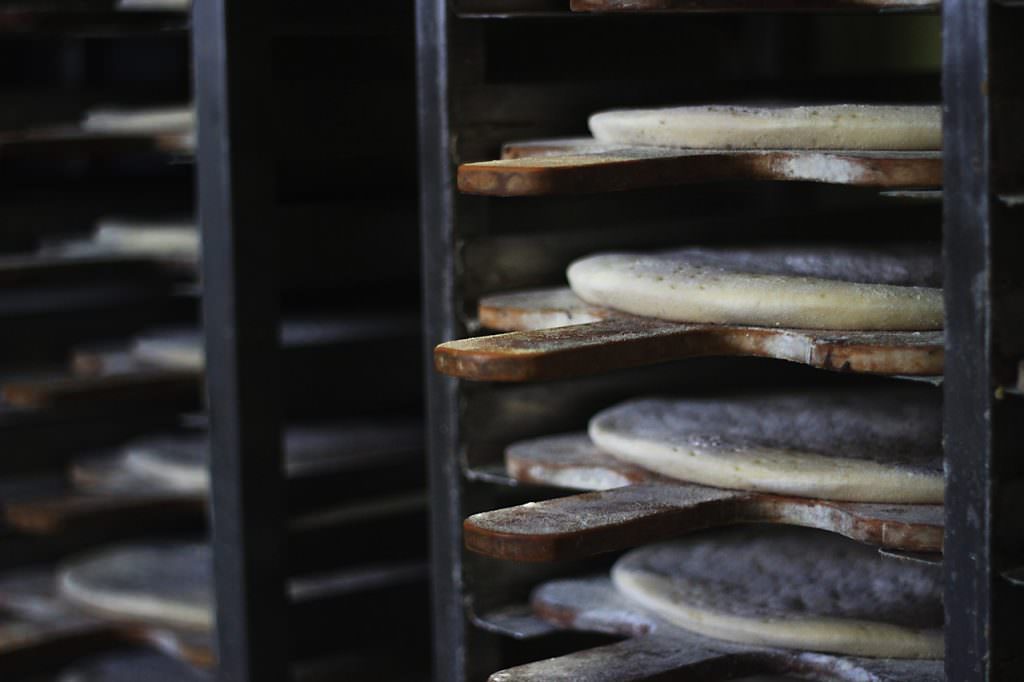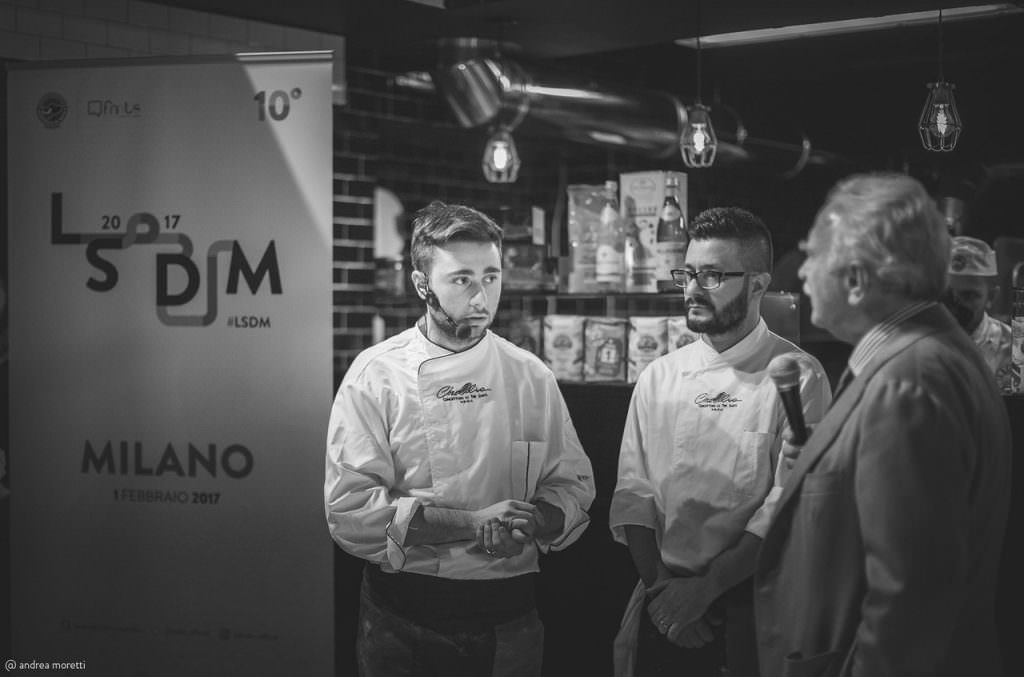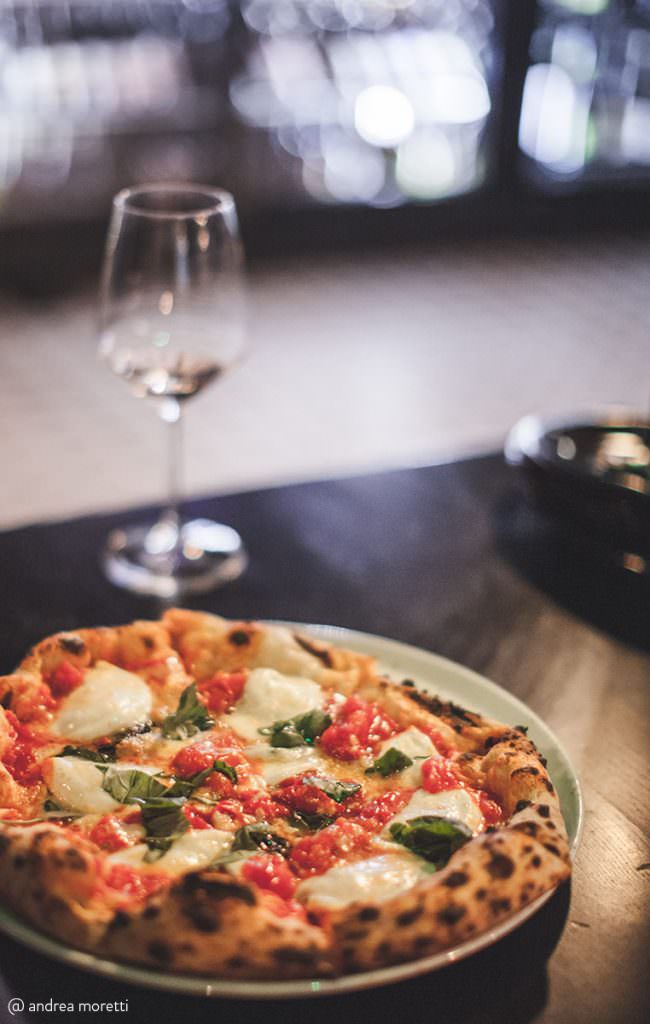Best Pizzerias in Naples – What makes Neapolitan Pizza so special?
When is a pizza more than leavened bread with a choice of toppings? When it is cooked by a pizzaiolo (pizza maker) from Naples, for whom it is a memory of childhood, a history of the city, a key to socialization, or a lifeboat of salvation. Neapolitan Pizza in Naples is more than just a culinary experience and here is a list of the best Pizzerias in Naples.
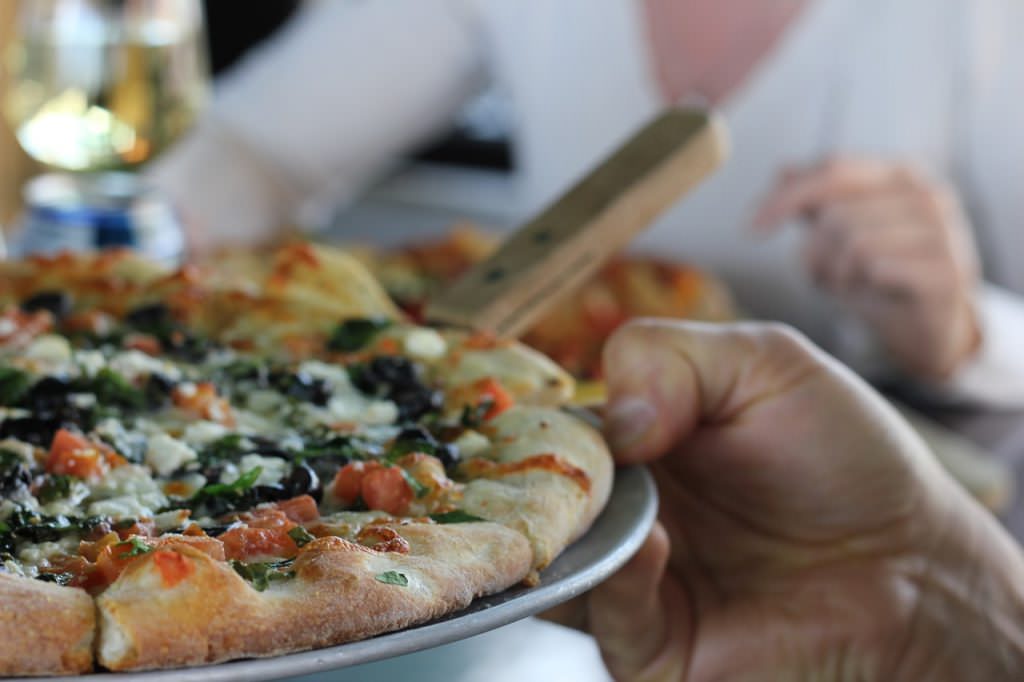
Those are some of the descriptions of pizza offered by several of Italy’s outstanding pizza chefs when they gathered together recently to showcase both their talents and the local products from Campania (the Italian region where Naples is located) used to make their pizza authentic.
Pizza in Naples – The Ingredients
They all work with the same basic ingredients: water, salt, flour, yeast. All favor locally-sourced toppings such as mozzarella di bufala, mozzarella fior di latte, and tomatoes. These may include pomodori San Marzano DOP, pomodorini (cherry tomatoes) di Corbara, pomodorini di Gragnano, pomodorini del Piennolo del Vesuvio DOP, and the very special antico pomodoro di Napoli “presidio Slow Food” (ancient Neapolitan tomatoes recognized by Slow Food).
The flour is not necessarily local. It may be Neapolitan-ground, a secret mix, or Canadian Manitoba, as long as it is quality. The yeast used may or may not be from mother dough, and the water source is irrelevant, according to the chefs. No point in complaining that “the water isn’t good”, they say. What counts is the lavorazione, the way the dough is worked. Watching these professionals roll, knead, and wax enthusiastic about their work spotlights the significance of pizza to them and to their city of inspiration.
Best Pizzerias in Naples, Italy
Pizza is History
Gino Sorbillo heads the eponymous Pizzeria Gino Sorbillo in Naples. His eatery has been in the family for decades and won the first Campionato della Pizza Napoletana (Pizza Championship of Naples) in 2014. He likes to remind his clients that pizza started out as a road food centuries ago. Tomatoes weren’t added till after America was discovered, and leavened bread topped with savories like tomatoes and olive oil didn’t become fashionable till the 19th century. Around the same time, pizza finally became respectable enough to serve in restaurants.
“Our history is represented in our pizza,” claims Sorbillo. To honor that history, he tries to use local producers of cheese, tomatoes, etc. from the Campania region. He does not use massive doses of salt or olive oil in his pizzas because he wants his customers to be able to savor the chewy crust, which is, in fact, the heart of a Neapolitan pizza. Pizza can be made without tomatoes or cheese, but a good crust is essential.
As a sample of his wares, Sorbillo offered a pizza with a light chewy crust, whole orange tomatoes, fior di latte mozzarella, and basil leaves for punctuation. He demonstrated a typical Italian way of eating pizza — rolling the point of the triangle back and eating the crust like a sandwich. Then he demonstrated the Neapolitan way: “We fold the dough on the sides to form ‘wings’ for a chewier experience.”
Pizza is Familia
Ciro Oliva is not yet in his mid-20s, but pizza is in his blood: his grandmother Concettina began selling “fried pizza” (a local specialty) in Naples in 1951. Today Pizzeria Concettina ai Tre Santi is a well-known locale in an untrendy Naples neighborhood. “Pizza is gastronomy and socialization,” he maintains. “Young people need a reason to be proud of Spaccanapoli (a street running through the heart of old Naples and, by extension, that area of the city). I would like my pizza to be an invitation to come to my trattoria, eat a pizza, then tour my neighborhood.”
Oliva sees pizza as tradition and empowerment. “The work of a pizzaiolo is hard but it is dignified work and should be recognized as such. No one should be expected to do it 14 hours a day, seven days a week.” He tries hard to stay close to his customers because understanding them is key to improving his product.
Not that a lot of improvement was needed for the pizza he prepared as a sample of his work. His was a classic pizza marinaia with chopped tomatoes, oregano, garlic and oil, plus basil leaves. No cheese, nor was any needed, as the quality of the tomatoes and oil were enough to satisfy the taste buds.
Pizza in Naples – Always changing, but always the best
From classic to contemporary: the pizza proffered by Francesco Martucci of Pizzeria i Masanielli of Caserta was as modern in concept as it was rich in tradition. Martucci runs one of the best pizzerie in Caserta, a city about 20 miles from Naples. He is famous for his pizza “a canotto”, i.e, with a thick bordering crust, or outer edge (canotto means “lifeboat” in Italian).
The canotto he showcased was the smallest we sampled and the most elaborate, yet based on simple ingredients — escarole, local olives, local anchovies, and local burrata (mozzarella with a cream center). The crust was more robust than the others that day but light and nutty.
Martucci began working in a pizzeria at age 10, washing dishes and wiping tables. When he first tried his hand at pizza making, he recalls, “The rule was ‘If you make a mistake, you don’t eat’. So you learn quickly.” The most important lesson he learned was that, regardless of trends, “Pizza is either good or it’s not.”

When he started his career, in the 1990s, the scugnizzi (street urchins) of Naples were used to eating the crusts of the pizza, while the gentry ate the fillings in the center. Martucci became a great connoisseur of pizza fillings, and points out that such components drive many Slow Food presidi.
He makes more than 900 pizzas daily in his pizzeria and considers his career the happiest job in the world. “Pizza is a key to improving life in Naples,” he believes, and it carries a healthy message to the world.
“Healthy” isn’t the most accurate way to describe an afternoon of eating pizza at some of the best pizzerias in Naples, but the latter could easily vie for one of the happiest jobs around.
Food Tours in Naples
On top of pizza, Naples holds amazing food tours throughout the city that not only include pizza but all the other authentic Italian dishes. So here are a couple:
- Naples Street Food Tour
- Food History and Culture Private Tour
- Family Food Tour of Naples
- Gourmet Tasty Tour
- Pizza & Co. Naples Tour
- Secret Naples Food Tour with a Local
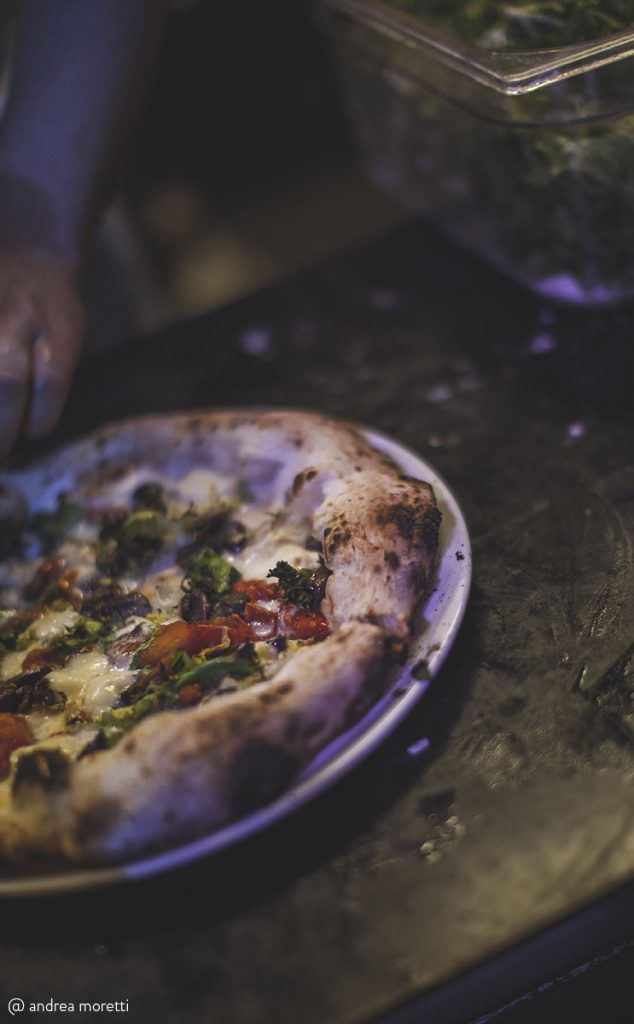
Best Pizzerias in Naples – What makes Neapolitan Pizza special – Written and photographed by Claudia Flisi for EuropeUpClose.com. Some photos by Andrea Moretti.
Planning a trip to Naples? Here are the best areas to stay in Naples, Italy.
Best Pizzerias in Naples – Pin for later:


